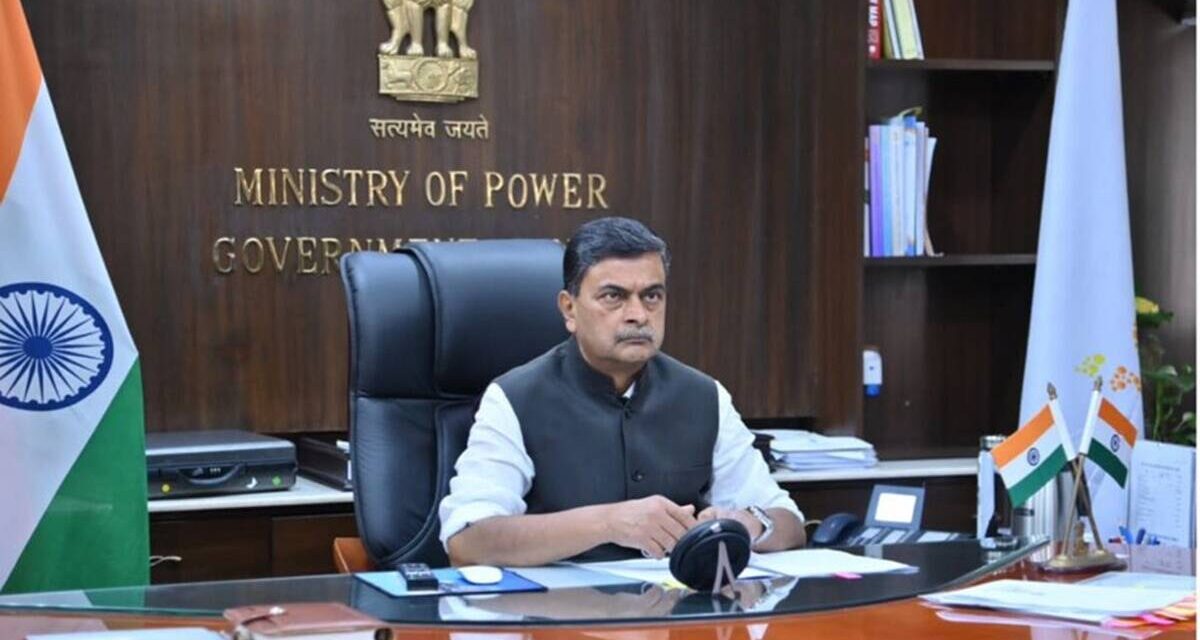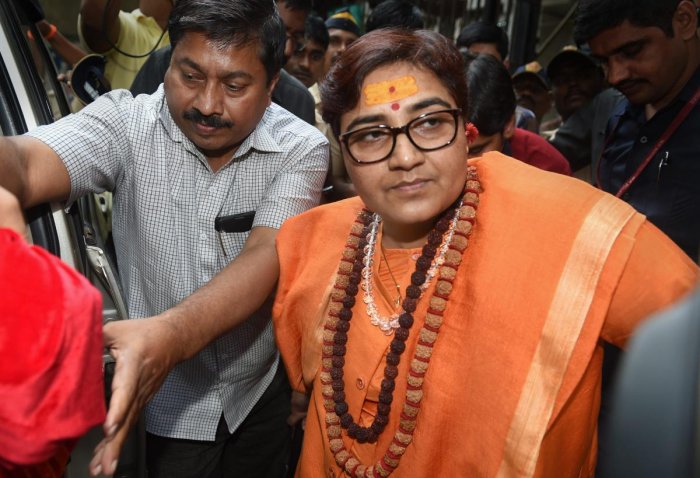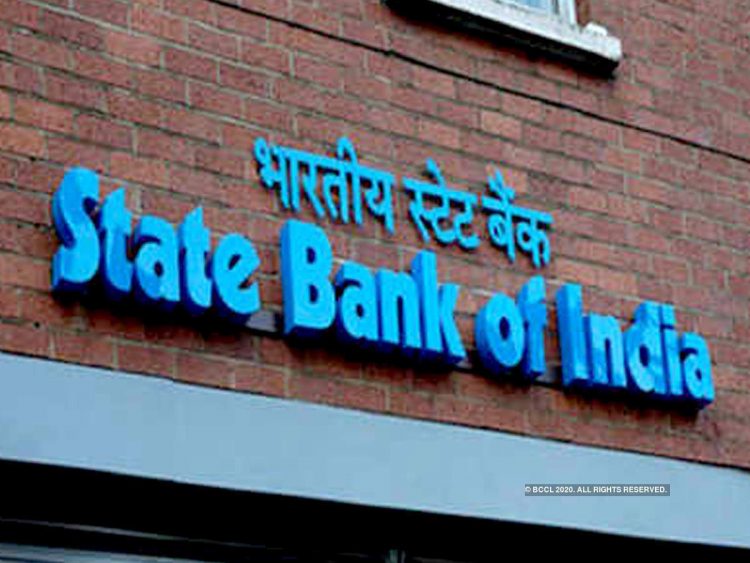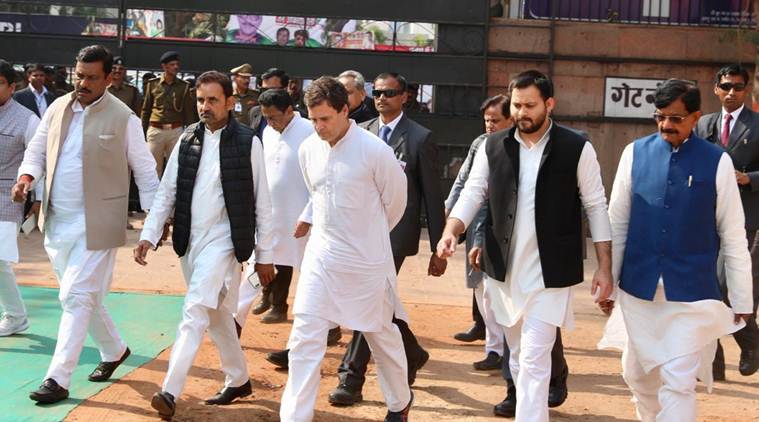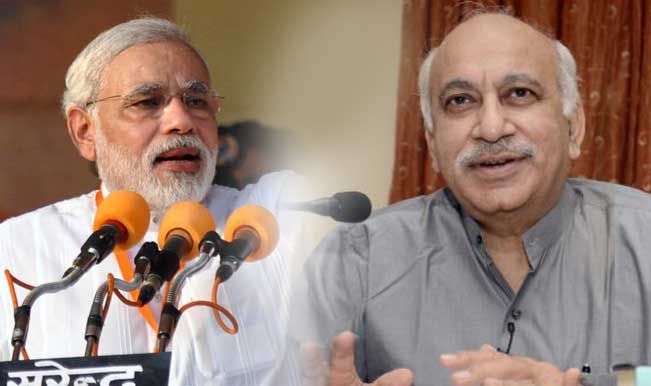Union Governemnt has launched a plan to develop the power transmission system for integration of 500 GW of green energy by 2030
Speaking at the launch event, union minister RK Singh said that India will develop its required transmission system way before generating the targetted 500 GW of green energy and it would help reduce carbon emission intensity by 45% by 2030.
“The plan we are launching today is in line with our commitments and it will also pave the way for adding the required generation capacity,” he said.
In this purview ., The union ministry of power had constituted a high-level committee under chairperson of Central Electricity Authority with representatives from Solar Energy Corporation of India, Central Transmission Utility of India Ltd, Power Grid Corporation of India Ltd, National Institute of Solar Energy, and National Institute of Wind Energy for planning the transmission system required for having 500 GW of non-fossil fuel based installed capacity by 2030.
A per the roadmap, the planned additional transmission systems required for having 500 GW of non-fossil fuel includes 8120 ckm (circuit kilometre) of High Voltage Direct Current Transmission corridors among others at an estimated cost of ₹2.44 trillion.
The transmission plan also includes transmission system required for evacuation of 10 GW offshore wind located in Gujarat and Tamilnadu.
With the planned transmission system, the inter-regional capacity will increase to about 1.50 lakh MW by 2030 from 1.12 lakh MW at present.
Considering the availability of Renewable Energy based generation for a limited period during day, the Plan also envisages installation of Battery Energy Storage Capacity of the order of 51.5 GW by 2030 to provide Round the Clock power to end-consumers.
Under the plan, the government has also identified major upcoming non-fossil fuel based generation centres in the country, which include Fatehgarh, Bhadla, Bikaner in Rajasthan, Khavda in Gujarat, Anantapur, Kurnool RE Zones in Andhra Pradesh, offshore wind potentials in Tamil Nadu and Gujarat, RE park in Ladakh among others, and based on these potential generation centres, transmission systems have been planned.
Emphasizing that India has led the world in terms of energy transition, Singh said:
“We are not apologetic about fuels we are using because we have to generate the required power and also because we are champions in energy transition sector despite having 1/3rd per capita emissions compared to the global average.”
Citing the recent annual ‘Climate Change Performance Index’, he said that India has been the top nation as far as the large economies are concerned.
“We will not compromise on our economic growth. We are also going to meet our climate commitments. We will achieve our target of having 500 GW non-fossil fuel capacity by 2030,” the minister said.
According to the government, the planned transmission system projected will provide a visibility to the renewable energy developers about the potential generation sites and scale of investment opportunity.
Further, it will also provide the transmission service providers the vision of growth opportunity available in the transmission sector along with investment opportunity of about ₹2.44 trillion.

